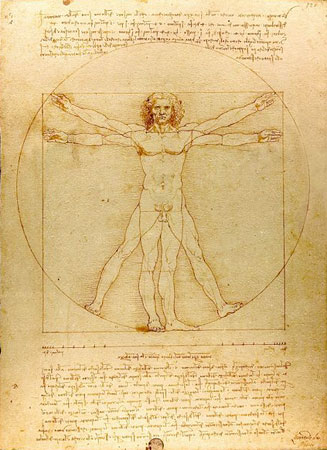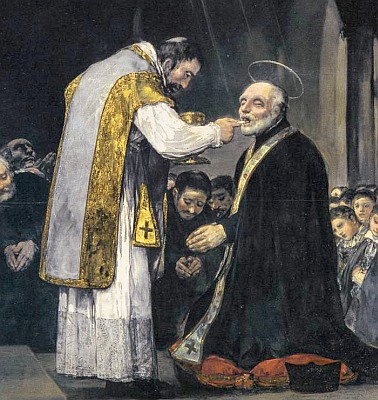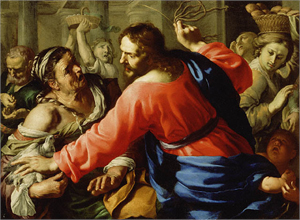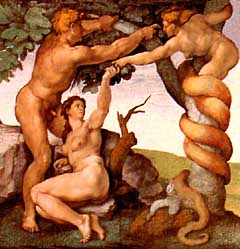
We look in vain for an emotionally satisfying answer to suffering because suffering is inherently a matter of being separated from the good. Complaining that there is not a “satisfying” answer to suffering is like complaining that water is wet.
Suffering is a consequence of Adam and Eve disobeying God. Adam and Eve ate of the tree of knowledge of good and evil. This knowledge is not the bookish type of knowledge. It's the experiential type of knowing. Peter Kreeft said the following in regards to the word knowing, “The same word is used in Genesis 4 for sexual intercourse: Adam "knew" Eve and the result was not a book but a baby.”
Suffering is a result of experientially knowing what evil is. It is the experiencing of what it means to be separated from the source of all good. There had to be some type of consequence that results from our free choices for there to be any meaning behind our actions. The consequence was not just an experience of suffering but also a separation from grace. Due to original sin, human nature is a little bit off and weakened.
The experience of suffering really could have be worse. God's justice demands the consequence of suffering but there is also the mercy that we are not totally deprived of God's goodness. We are still able to know goodness and we still have the ability to be reconciled to God and His grace.

Suffering does say a lot about God. The Christian God is courageous; reckless even from the human point of view. When humans create a computer simulation of the world, we make it safe. There are reset buttons and little to no consequences.
The Christian God is not playing games with the world. There are real consequences and the stakes are high. Free will gives us the ability to love but it is not without a cost. With the ability to choose to love there is also the power to reject God and his love. We are living God's story. In this story there are real dangers with real suffering. God has allowed suffering but he has conquered suffering also. Jesus took on all the sins of humanity during His passion and as a result, all the eternal debt that justice requires. He is a God that chose to test himself through taking on human weakness. He tested himself to the point that he descended into hell. He saw the world from the view of our sin and human weakness, even to the point of a despairing atheist. He was able to say on the cross, ""My God, my God, why hast thou forsaken me?"
Matt 27:46 Jesus had not given up trust or faith in himself but had taken on the weakest part of humanity. He was quoting Psalm 22 which does not end in despair, surrender, or failure. (Go Read
Psalm 22 to find out the full scope of what Jesus was saying)

The Christian God is strong enough even to die and in so doing Jesus conquered suffering, sin, and death when he rose from the dead. We are part of God's story and in this story it does not always make sense to us. Being separated from God -due to original sin- we are blinded by our human weakness. We have to trust and follow Christ through His-story because, “God is his own interpreter, And he will make it plain.”
(
Images from Grünewald's Isenheim Altarpiece)






















